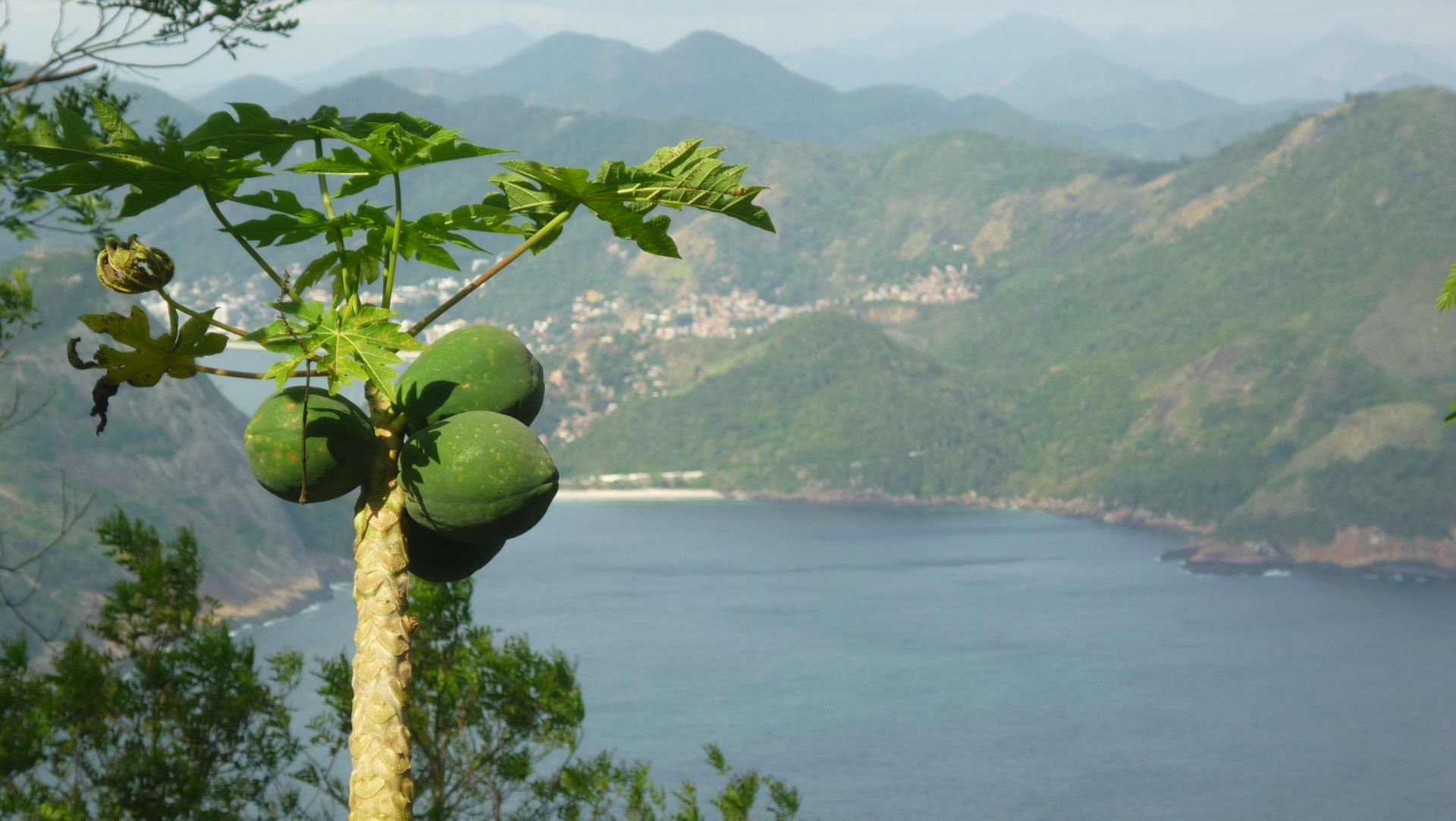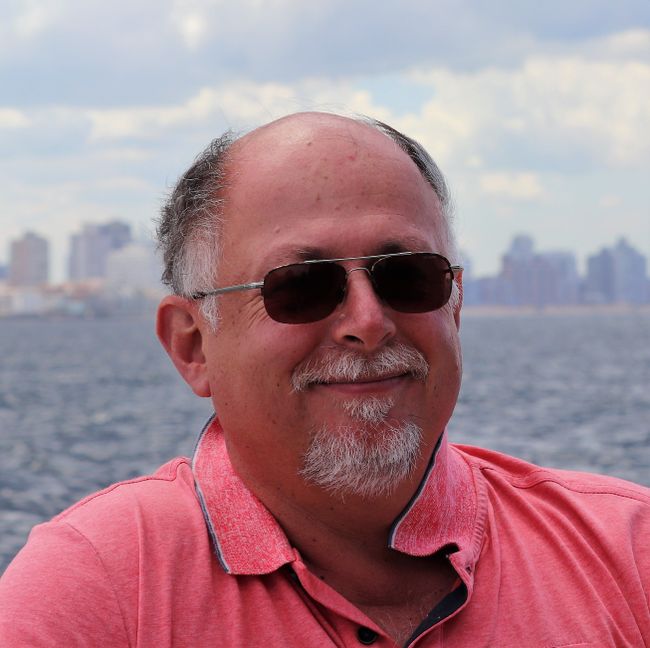
lateinamerika_ost_west
vakantio.de/lateinamerika_ost_west
Santiago - Sun - Steam locomotives and Mapuche
Dɛn dɔn pablish am: 06.11.2018
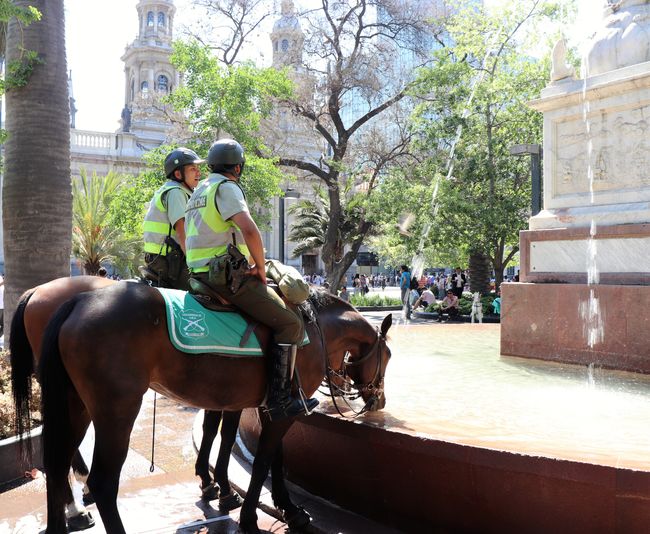
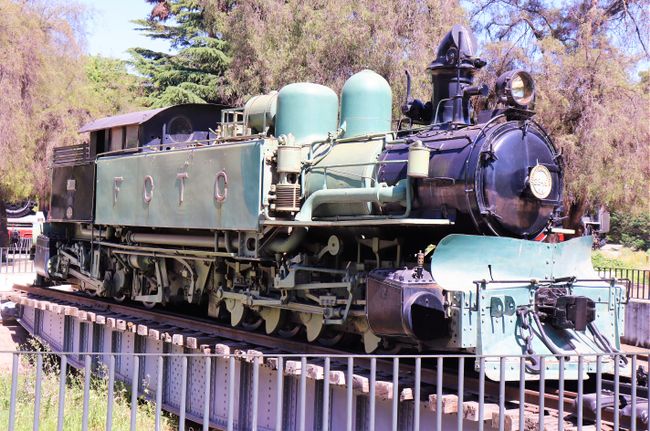
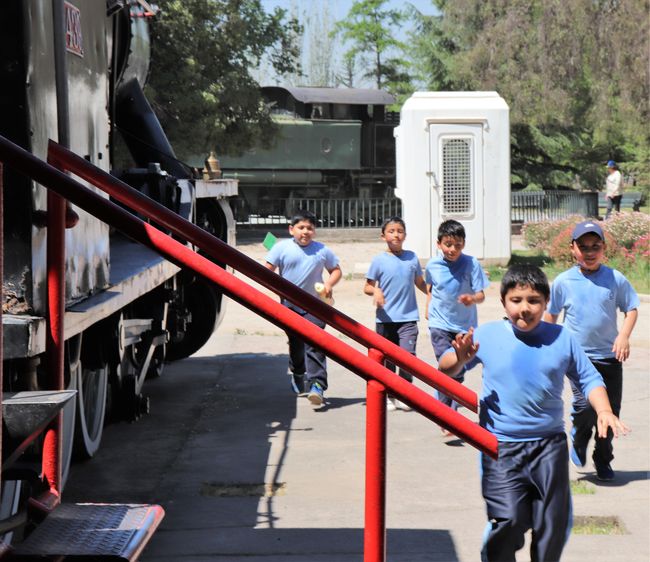
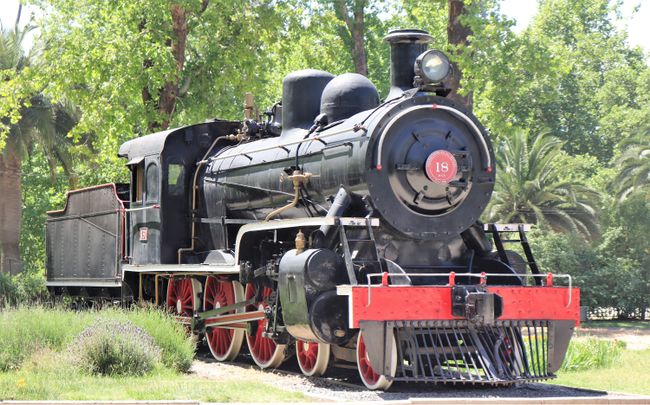
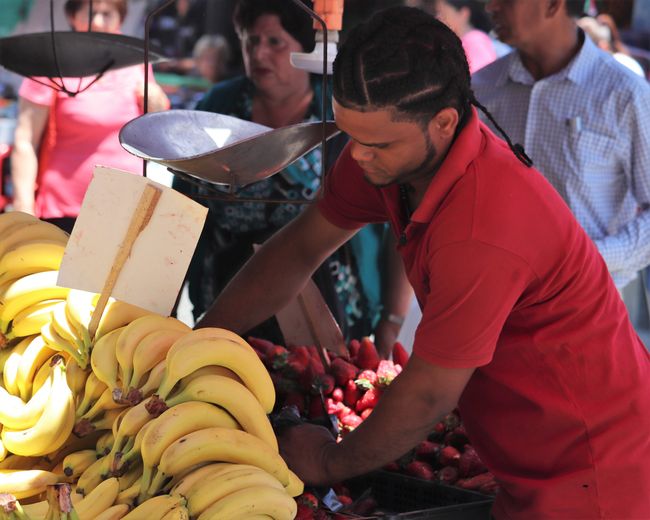
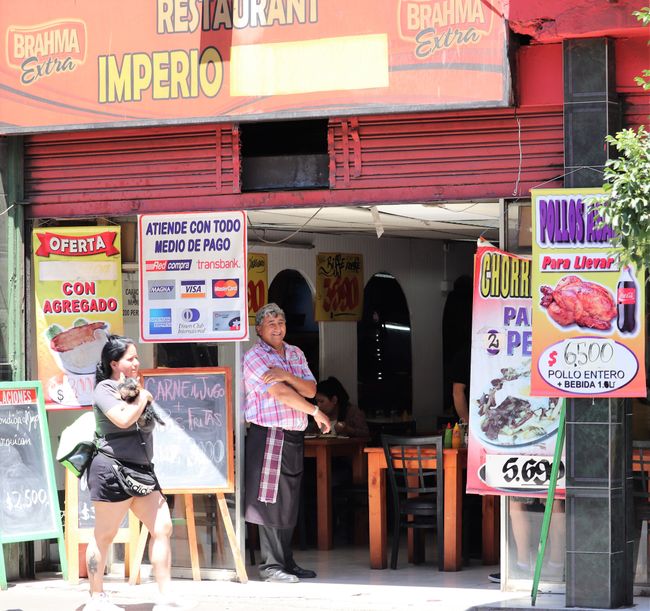
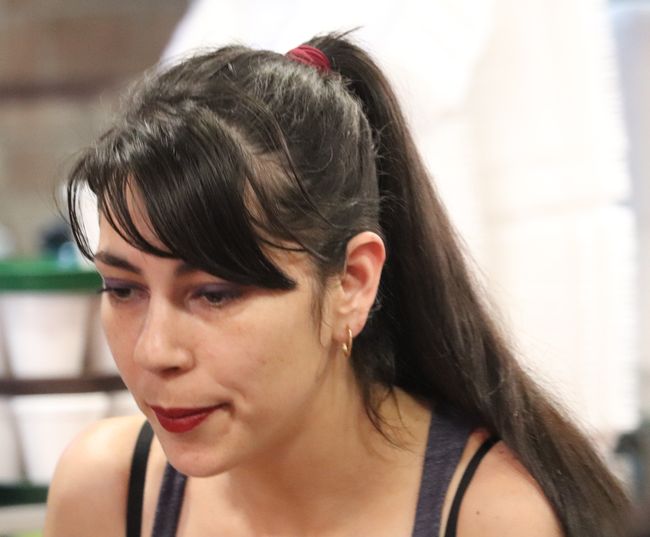
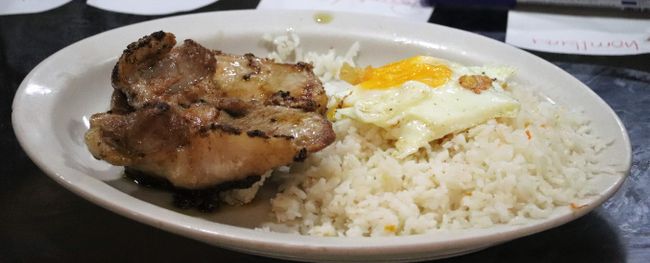
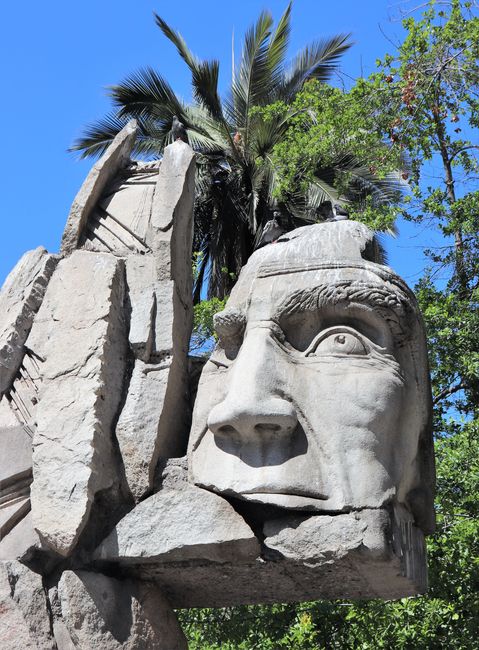
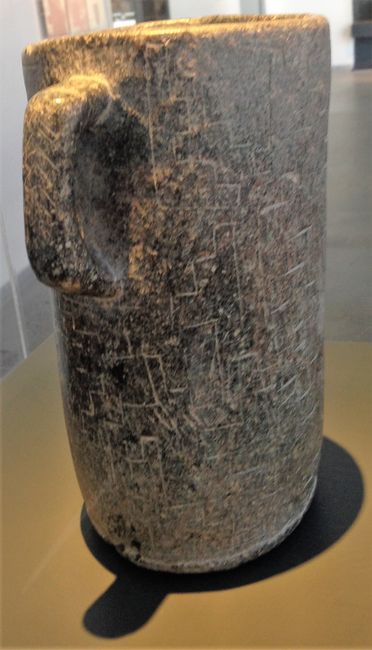
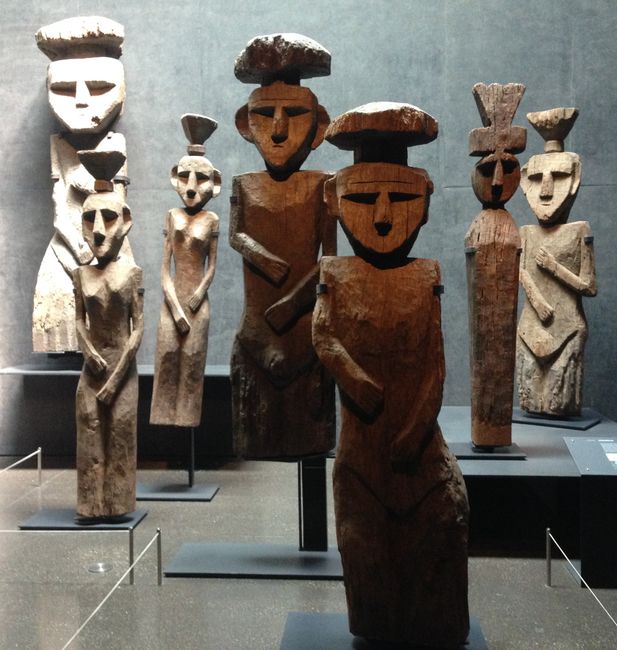
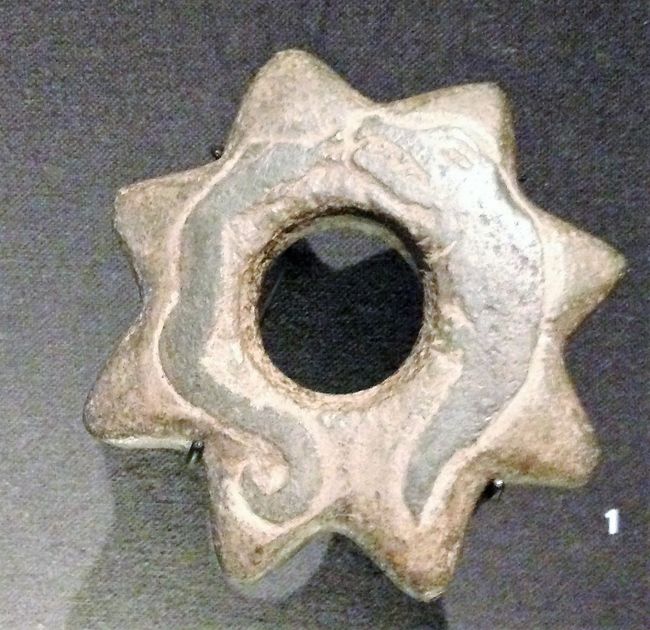
Sabskrip to Nyusleta
Finally, the museums are open and the weather is summery with sunny weather without a cloud in sight. Not only is my mood good, but you can also feel the energy in the city. The businesspeople are happy with the hustle and bustle in the city center. Ice cream vendors need a loud voice to sell their goods by shouting 'Helado'. They walk around with Styrofoam boxes adorned with colorful pictures of the ice cream flavors. School groups in the museums and parks can't be missed either. The kids take advantage of the school trips to cause mischief to the maximum. The supervisors have their hands full, but they remain relatively calm. The steam locomotive museum is integrated into the 'Quinto Normal' park, a little outside the city center. The locomotives are not housed in sheds but are displayed outdoors, which gives it a special charm. One locomotive is in a way open to students, and they have discovered how to ring the bell. Everyone gets a turn, so it takes a while until the last ringing fades away. Originally, cow catchers and bells were used to keep cattle away. The former were for deaf or stubborn cattle. There are 2 special locomotives: the locomotive of the Transandean Railway, whose route I have explored on the Argentine side: meter gauge and with cogwheel drive in olive green. This one apparently operated until the 1980s and has snowplow blades instead of cow catchers at the front and rear. The second special locomotive is locomotive number 18, which was built by Borsig in Germany and was purchased by the Argentine government at an international exhibition in Buenos Aires in 1910 and then gifted to Chile on the occasion of the 100th anniversary of its independence. It operated between Santiago and Valparaiso, where unfortunately there is no longer railway traffic today. After a fishy snack at the fish market, I visited the Museum of Pre-Columbian Art. It's truly an impressive and beautiful museum that covers the entire Andean region and also Mexico. Downstairs, there are artworks from pre- and post-Christian times before the arrival of the Spaniards. The Mapuche Indians still exist in Chile today, and their textile, silverware, and ceramic art is represented with exceptionally beautiful artworks. Wooden sculptures that adorned graves are very impressive. There are also artworks or findings from Easter Island (belonging to Chile). What impressed me was the mythology of the Mapuche, depicted on a ring-shaped stone relief with a serpent and a dragon: according to this, earthquakes, strong tides, tsunamis, and the formation of the Andes are all connected. Because these two damn creatures are constantly fighting: the sea crashes against the coast, causing storm surges, and the land responds with earthquakes and the formation of tall mountains. All clear - that's how it is!
I was also impressed by a drinking vessel that unfortunately disproves a Bavarian myth: the Maßkrug was not invented in Keferloh, but in Chile. It is a ceramic vessel shaped like a Maßkrug, which is remarkably similar to the Keferloher. Among other things, it was used to drink Chicha, an alcoholic beverage made from corn, which the Incas already drank. The fermentation is produced by saliva - well then, cheers!
Sabskrip to Nyusleta
Ansa
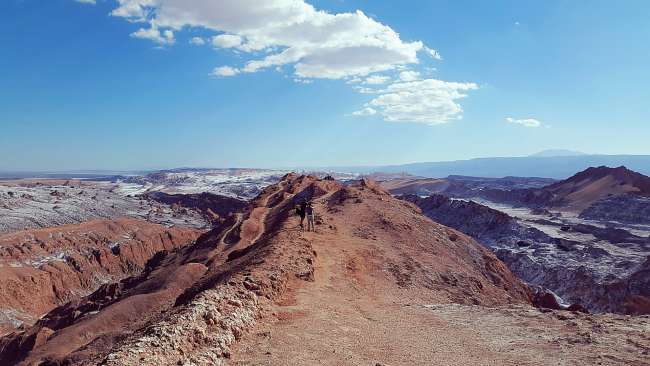
Travul ripɔt Chile
